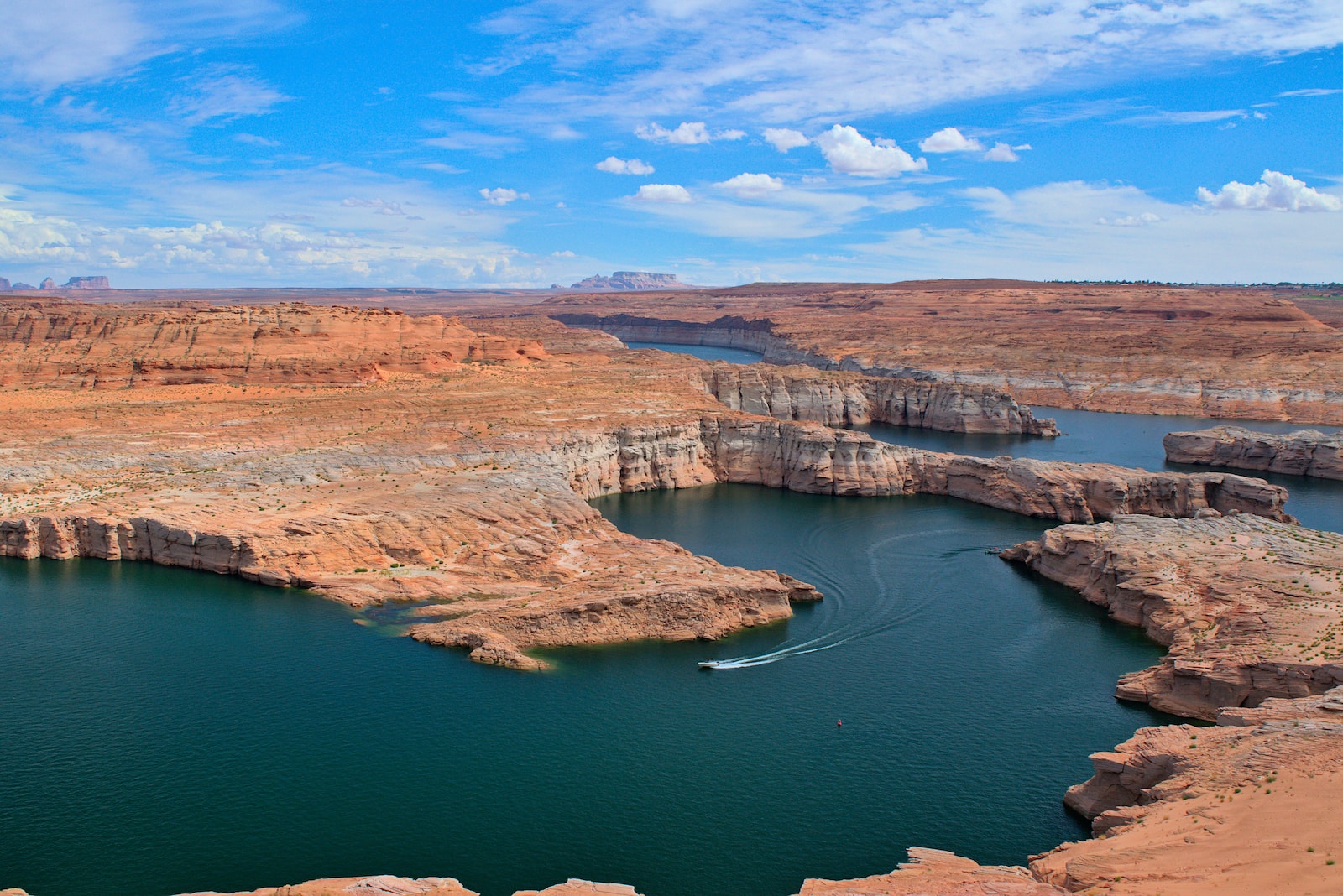Table of Contents
ToggleIntroduction
The Colorado River Basin states find themselves at odds when it comes to determining the future operations of two vital reservoirs: Lake Mead and Lake Powell. While disagreements persist, they unanimously agree on one crucial point—the current rules governing these reservoirs are ineffective.
As part of the ongoing discussions surrounding the future of these reservoirs, the seven states within the Colorado River Basin, along with other stakeholders, recently submitted comment letters to the federal government. These letters highlight the need for reliable and certain water management to support the millions of people dependent on the Colorado River.
The journey towards a long-term plan began in June, a year after a storage crisis left water users in a state of shock. Over two decades, Mead and Powell witnessed a drastic decline in capacity, dropping from nearly full to less than 32%. The primary culprits behind this crisis are prolonged drought, a warming climate, and overuse.
The negotiations among states, tribes, stakeholders, and federal officials aim to address both near-term and long-term planning. The outcomes will have far-reaching consequences, impacting 40 million water users, two countries, and 30 Native American tribes across the Western region.
However, finding common ground seems to be a challenging task. The states’ comment letters reveal limited consensus on various fronts, indicating a long journey ahead.
The Current State of Mead and Powell: A Crisis Unveiled
The first step in understanding the future of Lake Mead and Lake Powell is acknowledging the severity of the crisis. The prolonged drought and diminishing water levels have exposed the inadequacy of the existing measures to adapt to worsening hydrology. The drought-response guidelines established in 2007, governing water storage and release, have proven insufficient. The need for a new set of rules that allow flexibility and adaptation to changing conditions is paramount.
The Federal Government’s Planning Process: A Long and Complex Road Ahead
The federal government has until December 31, 2025, to devise a plan that satisfies the basin’s stakeholders. This plan will determine how Mead and Powell store and release water, significantly impacting millions of water users across the West. The ongoing planning process seeks input from various parties to ensure a comprehensive approach. However, the lack of consensus between the basin states makes the path forward challenging.
Where All Seven States Agree: Seeking Reliability and Collaboration
Amidst the disagreements, the seven basin states find common ground on several fundamental aspects. They emphasize the need for reliable water management that ensures certainty for the millions of people reliant on the Colorado River. Additionally, they advocate for collaborative decision-making processes that involve not only the basin states but also Colorado River Basin tribes, water users, and non-governmental organizations. Moreover, they stress the importance of upholding existing agreements and frameworks governing water allocation.
Where the Basin States Differ: Addressing Supply and Demand Imbalance
While all the basin states acknowledge the supply and demand imbalance in the Colorado River Basin, they diverge on the approaches to address it. The Upper Basin states propose permanent reductions in the Lower Basin’s water allocations to bridge the gap. They argue that the Lower Basin states have exceeded their legal allocations, while the Upper Basin states have consistently operated below theirs. However, the Lower Basin states advocate for an incentive-based system for voluntary conservation and efficient distribution of supplies within their region.
Upper Basin vs. Lower Basin: Permanent Reductions and Water Losses
The Upper Basin states, comprising Colorado, New Mexico, Wyoming, and Utah, believe that addressing the supply and demand issue requires permanent reductions in the Lower Basin. They suggest accounting for water losses due to evaporation and leaky infrastructure, estimated to be significant. Conversely, the Lower Basin states’ letter does not mention overuse or water losses. Instead, they advocate for voluntary conservation, supply augmentation, and efficient distribution within their region.
Inclusion of Other Reservoirs: The Battle Over Upstream Storage
A contentious point of disagreement revolves around including other federal reservoirs in the operationsof the Colorado River Basin. The Upper Basin states propose the consideration of upstream storage options, such as Flaming Gorge and Blue Mesa reservoirs, to address the supply and demand imbalance. They argue that additional storage capacity would provide flexibility and help in fulfilling downstream obligations. However, the Lower Basin states express concerns about the environmental and economic impacts of such projects and advocate for a cautious approach.
Colorado’s Stance: Protecting Water Supply and Ensuring Transparency
Colorado, as a key player in the Colorado River Basin, has taken a firm stance on protecting its water supply and ensuring transparency in decision-making processes. The state emphasizes the importance of preserving its existing water rights and seeks clarity on how reductions in water deliveries would be implemented. Colorado also advocates for transparency in the development of any new agreements to ensure equitable outcomes for all stakeholders.
Conclusion
As the discussions and negotiations continue, the future operations of Lake Mead and Lake Powell remain uncertain. The challenges posed by prolonged drought, climate change, and competing water demands highlight the urgency of finding a sustainable and equitable solution. The outcomes of these deliberations will shape the water management strategies in the Colorado River Basin for years to come, impacting the lives and livelihoods of millions of people across the Western United States.







